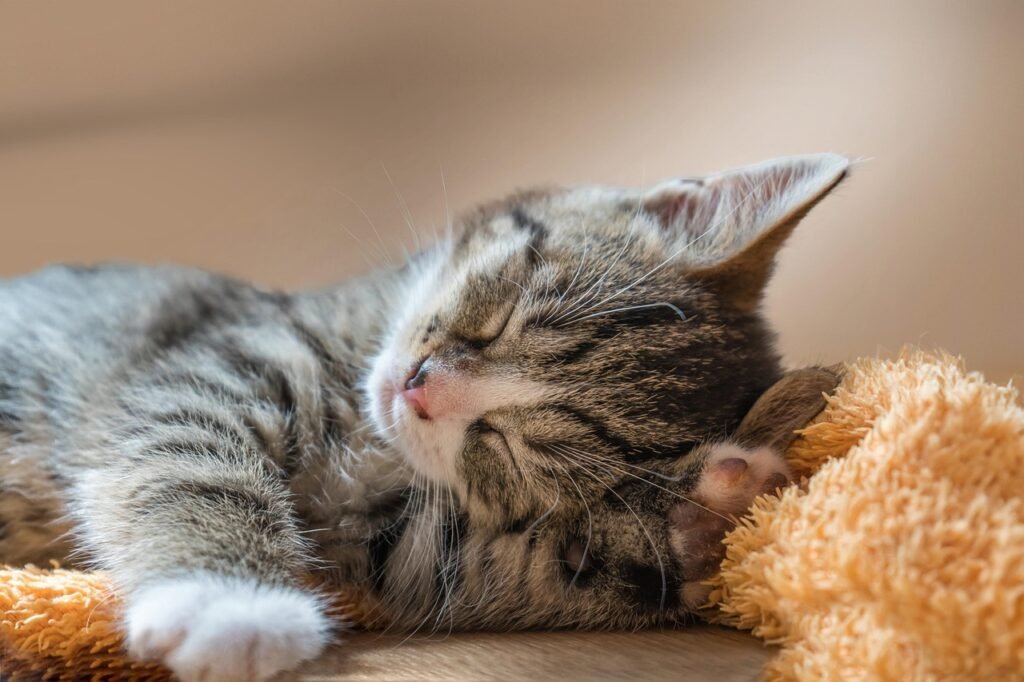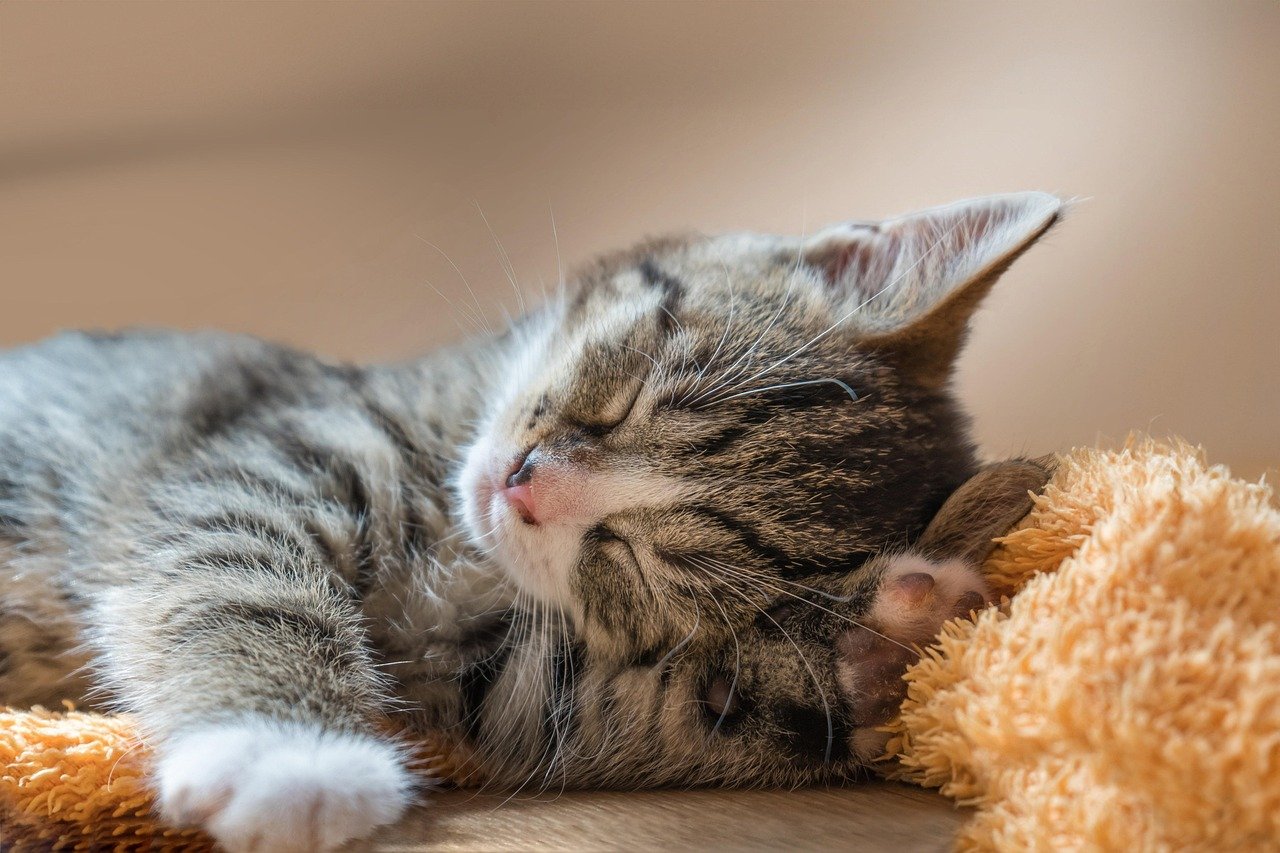What Is Cat Milk? Understanding the Basics
When it comes to our feline friends, the topic of milk often sparks curiosity and confusion. Many people assume that cats love milk and that it’s a natural part of their diet. However, not all milk is safe or suitable for cats, and understanding what “cat milk” really means is essential for their health and well-being. Cat milk refers to specially formulated lactose-free milk designed specifically for cats, as opposed to regular cow’s milk, which can upset their stomachs. In this blog post, we’ll explore what cat milk is, why it’s different from regular milk, its benefits, and how to incorporate it into your cat’s diet responsibly. Let’s dive in and uncover everything you need to know about cat milk!
Why Regular Milk Isn’t Ideal for Cats
While the image of a cat lapping up a saucer of milk is iconic, regular cow’s milk isn’t the best choice for felines. Here’s why:
Lactose Intolerance
Most adult cats are lactose intolerant, meaning they lack the enzyme needed to digest lactose, leading to digestive upset.Upset Stomach
Drinking cow’s milk can cause vomiting, diarrhea, or other gastrointestinal issues in cats.High Fat Content
Regular milk often contains high levels of fat, which can contribute to obesity and other health problems in cats.Nutritional Imbalance
Cow’s milk doesn’t provide the nutrients cats need and can interfere with their balanced diet.Risk of Dehydration
The digestive issues caused by cow’s milk can lead to dehydration, which is especially dangerous for cats.
Understanding these risks highlights why regular milk should be avoided. Instead, consider safer alternatives like specially formulated cat milk.
Benefits of Cat Milk for Your Feline Friend
Cat milk is a thoughtfully designed product that offers several advantages over regular milk. Here are some key benefits of incorporating cat milk into your pet’s routine:
Lactose-Free Formula
Cat milk is free of lactose, making it easy for cats to digest without causing stomach upset.Rich in Essential Nutrients
Many cat milk products are fortified with vitamins like taurine, calcium, and vitamin D, supporting overall health.Hydration Boost
Cats often don’t drink enough water, and cat milk can encourage them to stay hydrated while enjoying a tasty treat.Safe Treat Option
Unlike cow’s milk, cat milk is a safe indulgence that satisfies your cat’s cravings without risking their health.Encourages Playful Behavior
The creamy texture and flavor of cat milk can make snack time more enjoyable for your feline companion.
With these benefits, cat milk can be a delightful and nutritious addition to your cat’s diet when offered in moderation.
Check this guide 👉Can Cats Drink Lactose-Free Milk? Best 7 Health Tips!

Differences Between Cow’s Milk and Cat Milk | Why Cat Milk Is Better |
|---|---|
Contains lactose | Lactose-free formula prevents digestive issues |
High in fat | Lower fat content supports healthy weight |
Lacks essential nutrients | Fortified with vitamins and minerals |
Can cause dehydration | Helps keep cats hydrated |
Not specifically designed for cats | Tailored to meet feline dietary needs |
How to Introduce Cat Milk to Your Cat’s Diet
Introducing cat milk to your cat’s diet requires care and moderation to ensure it remains a healthy treat. Here are some tips for doing so effectively:
Start with Small Portions
Offer just a teaspoon or two at first to see how your cat reacts and to avoid overwhelming their system.Observe for Reactions
Watch for any signs of digestive upset, such as vomiting or diarrhea, after giving cat milk.Limit Frequency
Treat cat milk as an occasional snack rather than a daily staple to prevent overconsumption.Pair with Mealtime
Serve cat milk alongside meals to enhance hydration or as a reward during training sessions.Check Ingredients
Always read labels to ensure the cat milk is free of harmful additives or unnecessary sugars.
By following these guidelines, you can safely introduce cat milk as a fun and nutritious treat for your furry friend.
Alternatives to Cat Milk for Hydration and Nutrition
If your cat doesn’t enjoy cat milk or you’re looking for other ways to support their hydration and nutrition, there are plenty of alternatives to consider. Here are some options:
Fresh Water
Ensure your cat has constant access to clean, fresh water to meet their hydration needs.Wet Cat Food
Wet food is an excellent source of moisture and nutrients, helping keep your cat hydrated and nourished.Broth or Bone Broth
Low-sodium, unseasoned broth can be a tasty way to encourage your cat to drink more fluids.Cat-Friendly Snacks
Look for treats specifically designed for cats, which often include added vitamins and minerals.Flavored Water Bowls
Some cats prefer flavored water (like tuna water) to plain water, encouraging them to drink more.
These alternatives provide variety and ensure your cat stays healthy and hydrated, even if they aren’t fans of cat milk.
Common Misconceptions About Cat Milk
There are several myths and misconceptions surrounding cat milk that can lead to confusion among pet owners. Clearing these up can help you make informed decisions about your cat’s diet. Here are some common misconceptions and the truth behind them:
Myth: All cats love milk.
While many cats enjoy the taste of milk, not all cats are drawn to it, and some may even avoid it altogether.Myth: Cat milk is just regular milk with added vitamins.
Cat milk is specially formulated to be lactose-free and enriched with nutrients, making it very different from cow’s milk.Myth: Giving my cat milk won’t harm them if they like it.
Even if your cat seems to enjoy cow’s milk, it can still cause digestive issues due to lactose intolerance.Myth: Cat milk is a meal replacement.
Cat milk is a treat or supplement, not a substitute for balanced meals or proper hydration.Myth: Kittens need cat milk for growth.
Kittens require mother’s milk or kitten formula during their early weeks, not cat milk, which is designed for adult cats.
Understanding these facts ensures you’re providing the best care for your cat while avoiding potential pitfalls.
Fun Facts About Cats and Milk
Cats and milk have a long-standing cultural connection, but there’s more to this relationship than meets the eye. Here are some fun and fascinating facts about cats and milk:
Cats Are Naturally Curious About Liquids
Their interest in milk stems from their instinctive attraction to novel smells and textures.Lactose Intolerance Develops Over Time
Most cats are born with the ability to digest lactose, but this diminishes as they grow older.Cat Milk Is a Modern Innovation
The concept of lactose-free cat milk was developed to address the dietary needs of lactose-intolerant cats.Milk Was Once a Status Symbol for Cats
Historically, feeding cats milk was seen as a sign of wealth and indulgence in certain cultures.Some Cats Prefer Water Over Milk
Despite stereotypes, many cats show little interest in milk once introduced to fresh water or wet food.
These fun facts highlight the unique relationship between cats and milk while reminding us of the importance of tailoring their diets to their specific needs.
Signs Your Cat Enjoys Cat Milk (and When to Stop)
If you’ve introduced cat milk to your feline friend, you might notice certain behaviors that indicate whether they enjoy it. However, it’s also important to recognize when to stop offering it. Here’s what to look for:
Excitement During Snack Time
Your cat eagerly approaches the bowl or meows in anticipation when you bring out the cat milk.Licking the Bowl Clean
A clean bowl is a good sign that your cat enjoys the treat and finds it satisfying.Increased Playfulness
Some cats become more energetic after consuming cat milk, showing they feel good and energized.Signs of Overindulgence
If your cat starts gaining weight or shows signs of digestive upset, it’s time to reduce or eliminate cat milk.Loss of Interest
If your cat stops showing enthusiasm for cat milk, they may prefer other treats or simply don’t need it anymore.
By paying attention to these signs, you can ensure that cat milk remains a positive and healthy part of your cat’s routine. Always prioritize balance and moderation to keep your furry friend happy and healthy.
Frequently Asked Questions About Cat Milk
Can I give my cat regular milk instead of cat milk?
No, regular milk contains lactose, which most cats cannot digest properly and can cause stomach upset.
How often can I give my cat cat milk?
Cat milk should be given as an occasional treat, no more than once or twice a week, to avoid overindulgence.
Is cat milk necessary for my cat’s diet?
No, cat milk is not essential but can be a fun and hydrating supplement when offered in moderation.
Can kittens drink cat milk?
While cat milk is safe for kittens, it should never replace kitten formula or mother’s milk during early development.
Where can I find cat milk?
Cat milk is available at most pet stores and online retailers specializing in pet supplies.
Embracing Cat Milk as a Thoughtful Treat
Cat milk is a wonderful option for pet owners looking to spoil their feline companions while keeping their health in mind. Unlike regular milk, cat milk is specially formulated to be safe, nutritious, and enjoyable for cats. By understanding its benefits and using it responsibly, you can enhance your cat’s diet and strengthen your bond through shared moments of joy. Remember, moderation is key, and always prioritize your cat’s overall dietary needs. Whether you choose cat milk or explore other hydration-boosting alternatives, the most important thing is ensuring your cat feels loved and cared for. After all, happy cats make happy homes!
Can a Cat Die from a Cold? Best 7 Expert Tips! Learn how to identify, treat, and prevent feline colds while understanding when to seek veterinary care for your cat’s health.
Cat Screaming for Food: Best 7 Expert Tips! Discover effective strategies to manage your cat's food-related vocalizations and create a peaceful feeding routine.
Aspiration Pneumonia in Cats: Best 7 Expert Tips! Discover causes, symptoms, and treatment advice to protect your cat’s respiratory health and ensure a speedy recovery.
Hip Dysplasia in Cats: Best 7 Expert Tips! Discover expert advice on managing hip dysplasia in cats, from symptoms and prevention to treatment options for a happier, healthier feline life.





